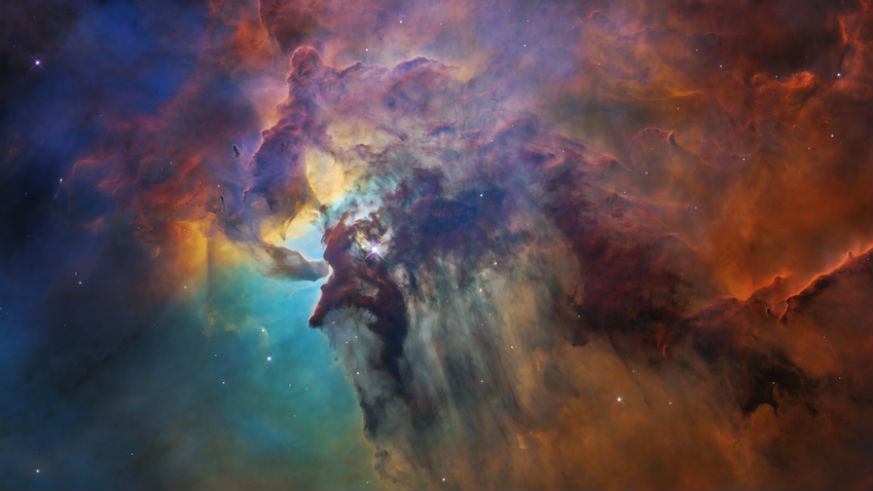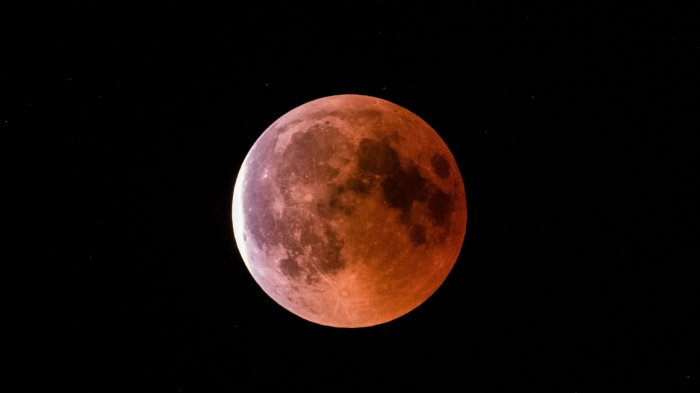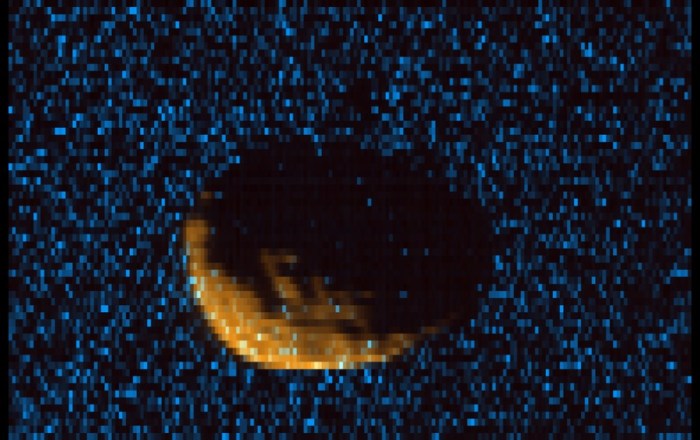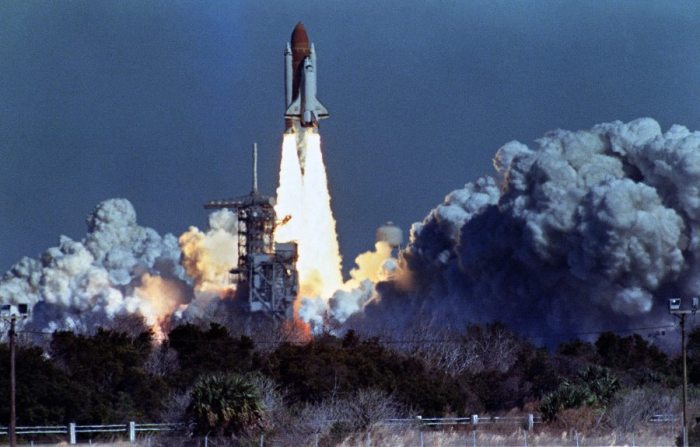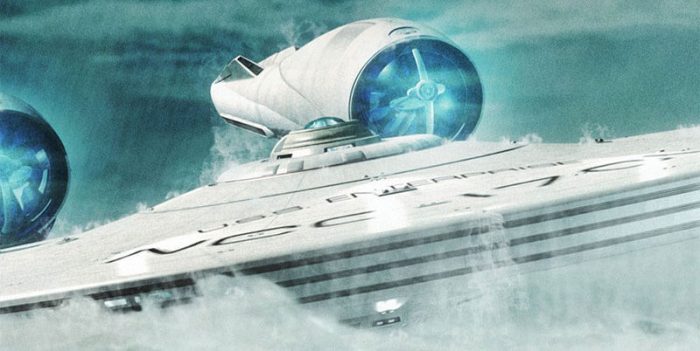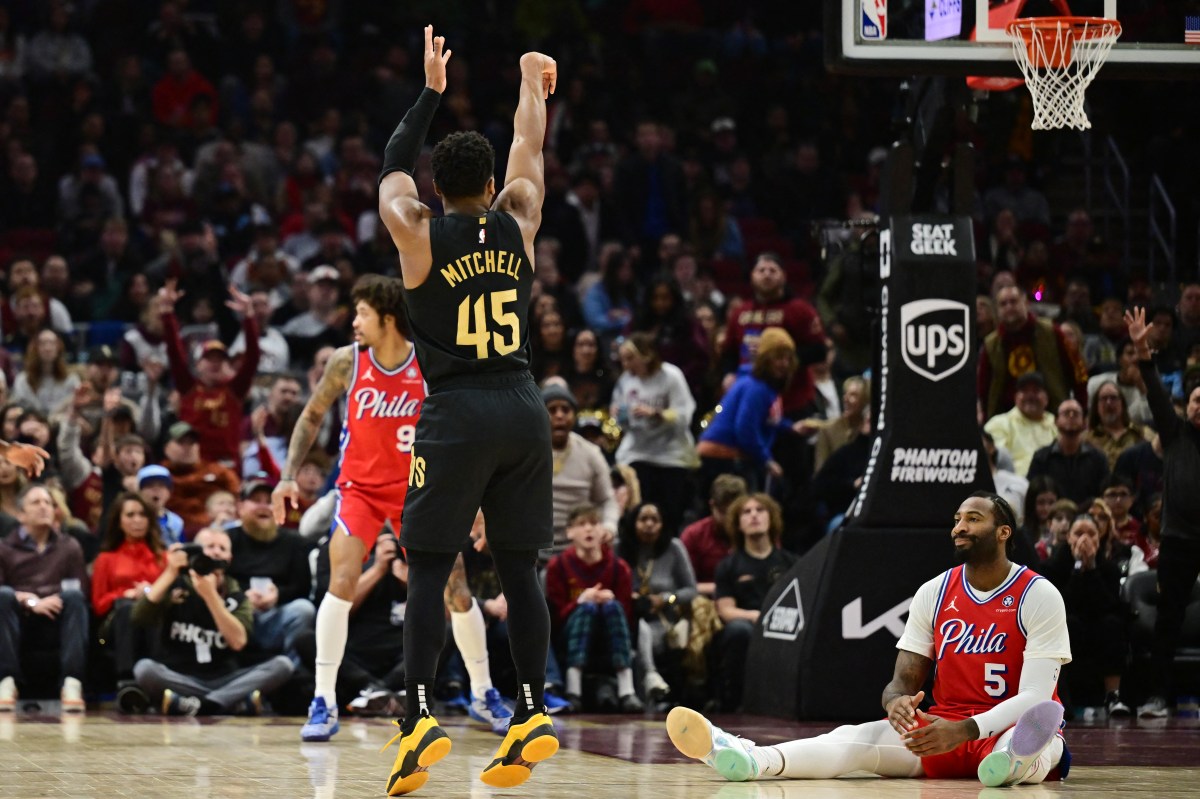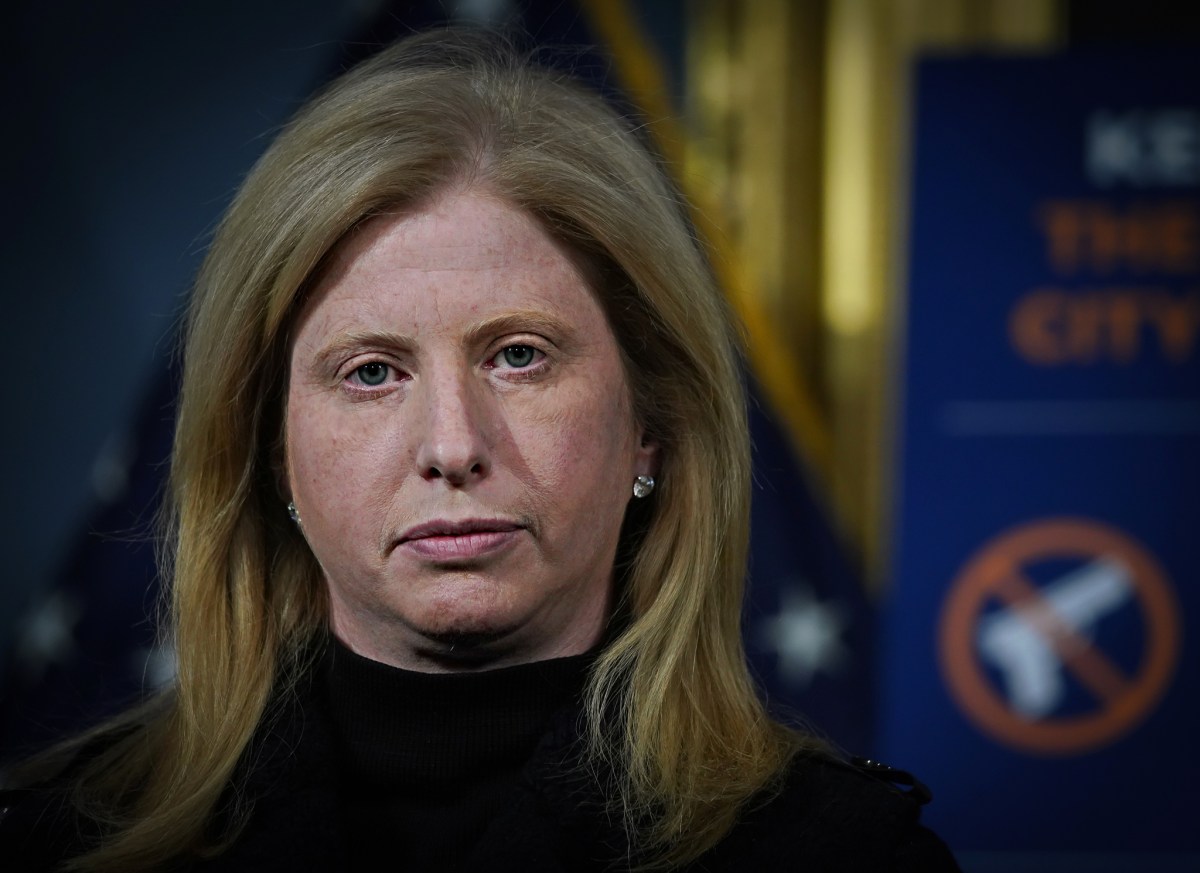Sometimes you need a reminder that you’re just a tiny speck in the universe — and leave it the Hubble Telescope to dish out your daily serving of humility like nothing else possibly could. It’s obviously best if someone can reel in your extra urges nicely, and that’s exactly what these photos of The Lagoon Nebula can do. Trust us, you’ll never feel happier about eating a slice of humble pie.
That’s because these photos are a galaxy’s worth of gorgeous. The Hubble’s been sending out stunning pictures for 28 years now, but this giant nebula still stands out. Back in April 1990, Hubble launched into space aboard the Discovery shuttle, and scientists from NASA and the European Space Agency who collaborate on Hubble missions celebrate the anniversary by releasing breathtaking shots. Each year the Hubble Telescope pictures are new glimpses into the expanse of space we know so little about and they stun us silent every time.

This year, those stunning shots are of the Lagoon Nebula. The picture above is a regular shot of the giant nebula, but Hubble also snapped an infrared version.
What is the Lagoon Nebula?
Other than next season’s major fashion inspiration — nebula hair, anyone? — the Lagoon Nebula is a seriously gigantic nebula that’s 55 light years wide and 20 light years tall. You can actually see it with the naked eye from Earth, despite the fact that it’s a mind-boggling 4,000 light years away. It’s so huge, in fact, that Hubble only scratched the surface of capturing its beauty. The shots it took up in space are 4 light years wide, a tiny fraction of the Lagoon Nebula.
That doesn’t mean you can’t appreciate its grandeur. That burst of light in the center is “a monster young star 200,000 times brighter than our Sun,” a press release explains. That powerful star “is blasting powerful ultraviolet radiation and hurricane-like stellar winds, carving out a fantasy landscape of ridges, cavities, and mountains of gas and dust.” Fantasy landscape is right.

The star of the shot (pun very much intended) is called Herschel 36, and what it’s doing in the photo is compared to our “Sun bursting through the clouds at the end of an afternoon thunderstorm that showers sheets of rainfall.” The radiation it pushes out also sends “dust away in curtain-like sheets,” which is the gorgeous effect you’re seeing.
The infrared shot, seen above, allows the scientist behind these mentions to peak through the curtains, so to speak. With this version from the Hubble Telescope pictures, they can see the complex systems hidden behind the clouds of dust, beautiful as they are, to peek into the mysteries of space.

